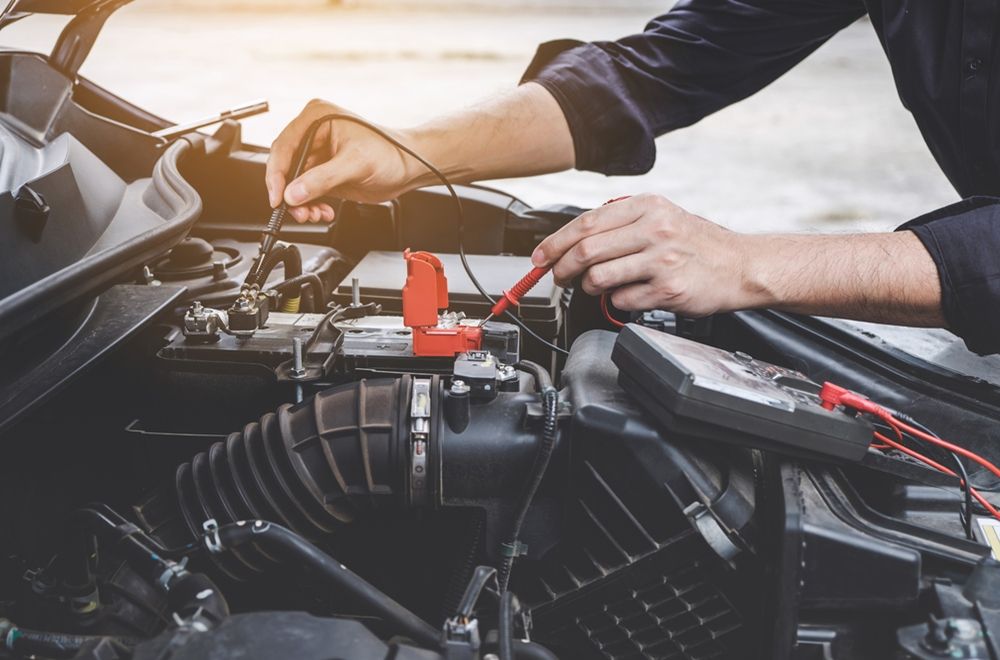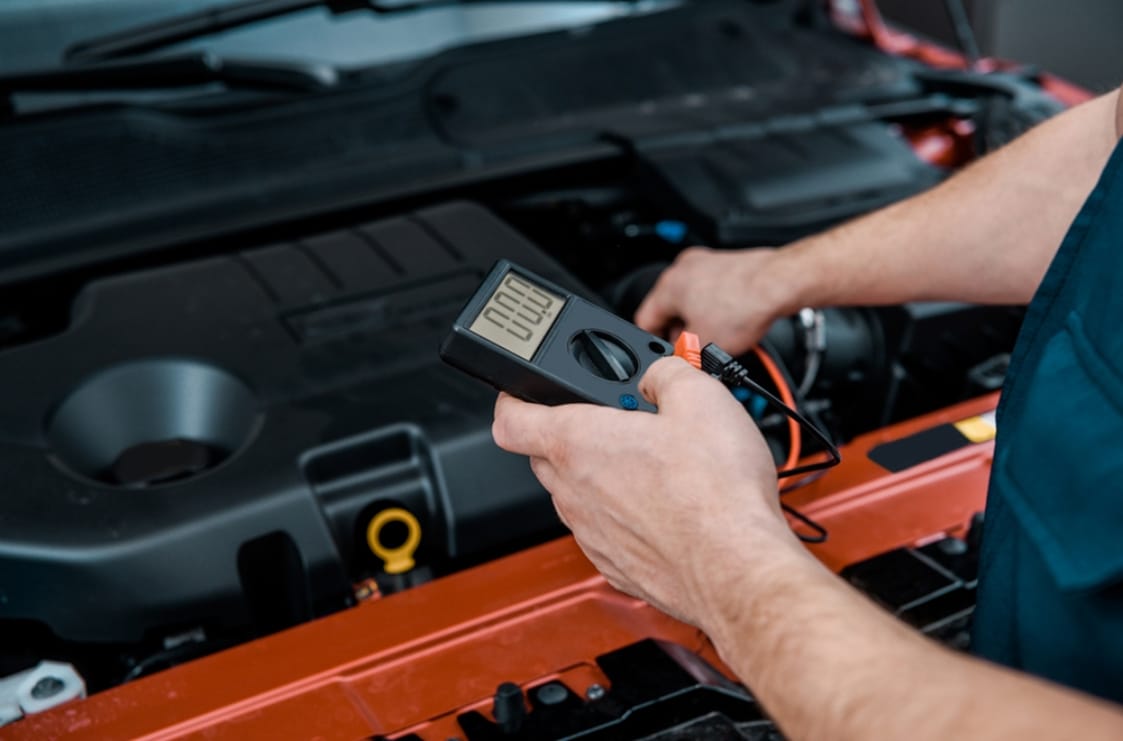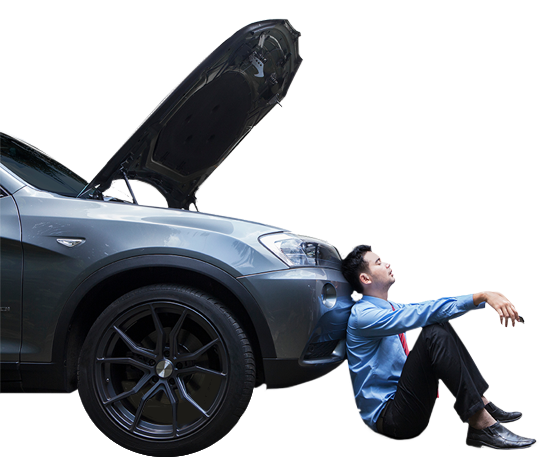HOW TO TAKE CARE OF THE CAR BATTERY
9 lutego 2023
You often ask us, how to handle the battery in order to prolong its lifespan. In the following article we provide a 10-point instruction of a battery proper maintenance.

- Battery shall be stored in a dry, ventillated room in a possibly fully charged state.
- Battery installation shall be conducted according to the car manufacturer’s instruction.
- Regularly control the battery state of charge:
- In the batteries equipped with screwed-in caps, state of charge (SoC) control might be done by checking the voltage between the terminals or by checking density of the electrolyte. Possible shortage of the electrolyte might be compensated for only by pouring in demineralized or distilled water, NEVER POUR ADDITIONAL ACID INTO THE BATTERY!
- In the batteries equipped with irreplaceable plugs, so called sealed maintenance-free batteries, state of charge might be checked by checking the voltage between the battery terminals or with use of a SoC indicator in the upper part of the battery cover, if it is equipped with one.
- Battery requires charging if:
- the voltage between its terminals falls below 12.5V,
- the electrolyte density falls below 1.23g/cm3,
- Battery SoC indicator changes its color from green to black.
- Charging voltage of a vehicle, measured on the battery terminals, no matter the engine rpms or the devices turned on, shall be between:
- for the 6V installation: 7.0 to 7.2V,
- for the 12V installation: 14 to 14.4V,
- for the 24V installation: 28 to 28.8V.
- In case of urban usage, frequent external devices usage or installation of additional power receivers in the car, SoC shall be controlled more frequently and, if possible, topped up with use of external chargers.
- Battery shall be stored fully charged, if the vehicle is supposed to be not used for a period longer than a month, the battery should be disconnected from the vehicle’s electrical circuit.
- Battery left in a discharged state will have its plates sulfated. During the winter season, this can also lead to the electrolyte freezing and, in turn, damage to the battery casing. Electrolyte of a density 1.10 g/cm3 (discharged below 10.5V) freezes around -9°C, Electrolyte with a density of 1.15 g/cm3 freezes around -15°C.
- Vehicle which has a fully discharged battery should not be push-started. Jumpstarting a vehicle with the cables from another vehicle should also be avoided.
- Do not cause any circuit shorts.
- Battery charging should be performed in a well ventilated room. One shall not approach the battery with open fire – it causes the danger of battery explosion. The charging cycle should be performed in accordance with the charger instruction, and also following the following rules:
- whilst disassembling the battery from a vehicle, disconnect the negative connector first and the positive one second,
- clean the battery casing, if possible – unscrew the caps and check the electrolyte level (recommended level is 15-20mm above the plates),
- connect the charger positive cable to the battery „+” terminal and the negative cable to the „-” terminal,
- Battery charge time depends on the SoC and varies between 16 and 24 hours,
- Stop the charging process if the battery exhales a noticeable amount of fumes, or if the battery temperature exceeds 50°C.



